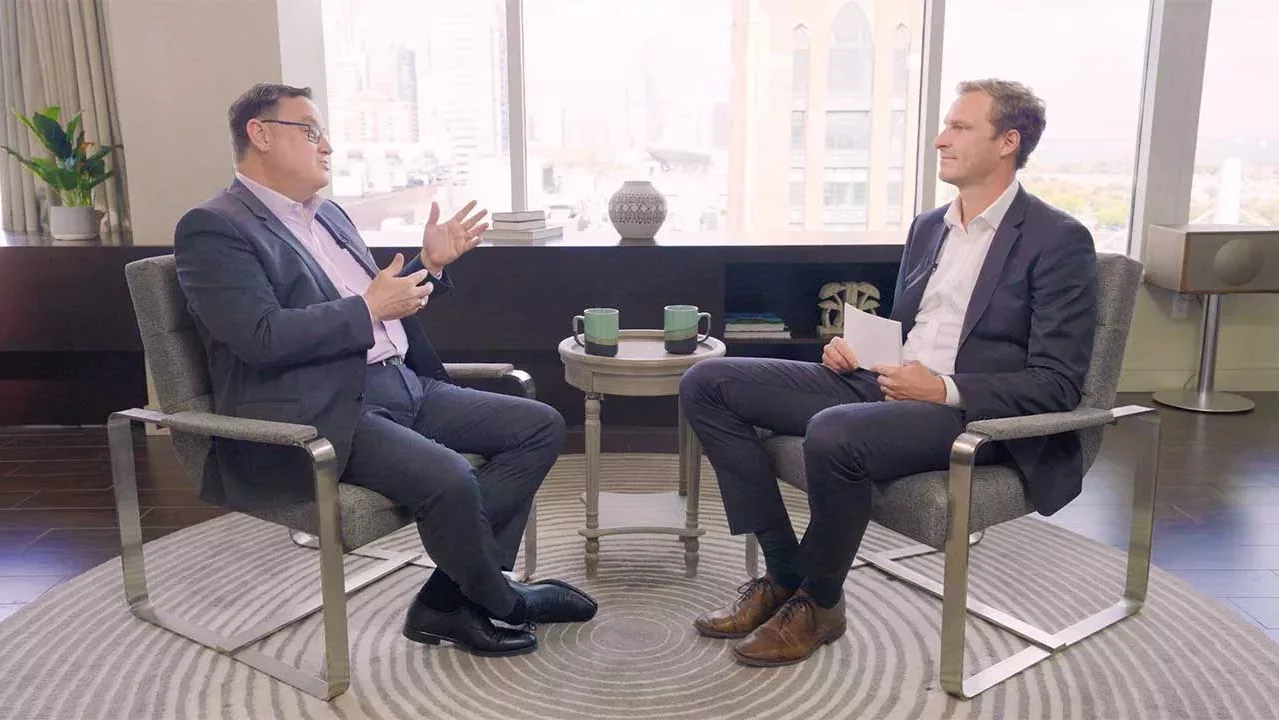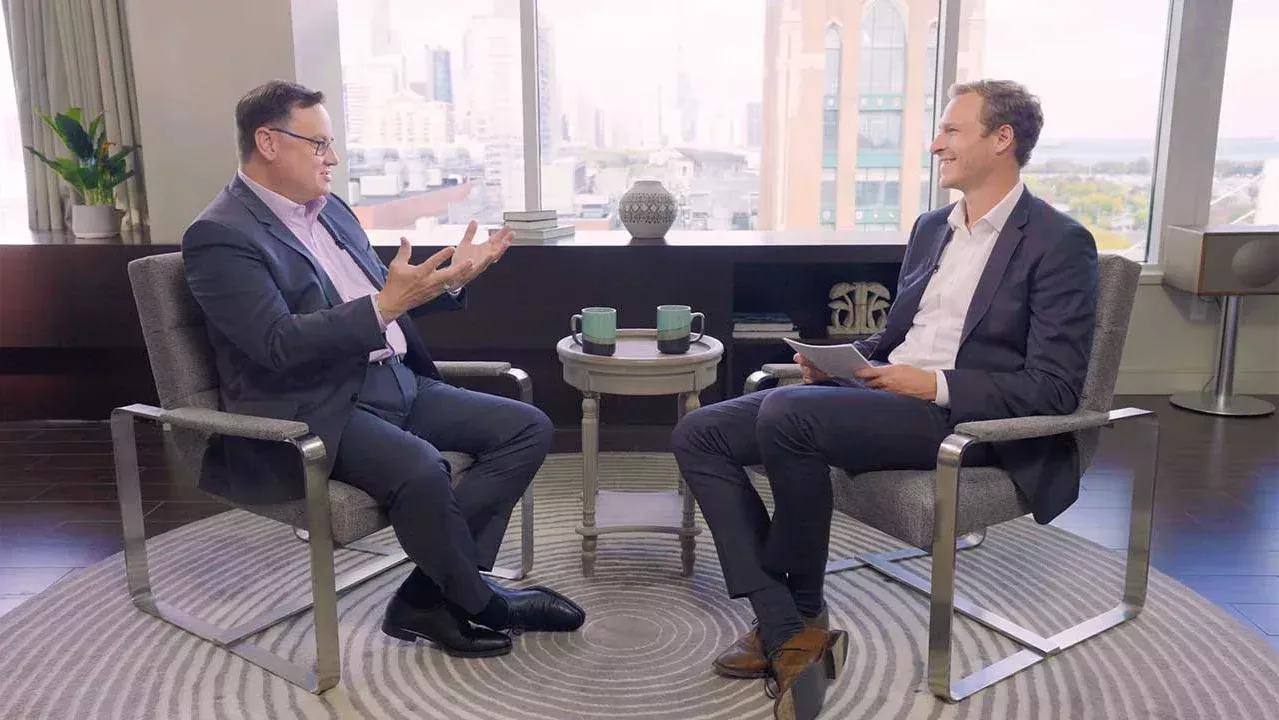3 critical steps to successful healthcare integration
Health systems across the country are getting bigger and much of their expansion is the result of mergers. Successfully navigating the transition from two separate organizations to one unified organization results in the power to deliver better quality care, but getting there can be complicated.
As broader consolidation continues to occur in the market, Arcadia Director of Sales, Graham Barnes, and NorthShore SVP of CIN, Scott Kent, identify the critical steps that healthcare leaders need to take in order to ensure they achieve a successful integration.
Watch the full episode of The Schema episode 2 of season 2 now — below we summarize best practices for change management processes and merging predecessors’ risk management strategies, and remind organizations to prepare leaders for life after the merger.
Add efficiency: build personal relationships and shared governance models to drive strong post-merger processes
“We're taking two best practices and pulling that together in one skilled nursing utilization program and scaling it. I don't know if we would've been able to accomplish that as quickly or as effectively if we hadn't had the shared governance and personal relationships."
— Scott Kent
Rather than having one organization come in and take over, a core tenant needed in mergers is a shared governance structure — a hub and spoke model made up of people from all the local areas who represent a mix of administrative leaders and providers who take care of patients and try to improve patient outcomes. Coming together at the core helps define the new organization.
Another important element is to have conversations at the central level and then gather input and questions at the local site and then bring it back to the core for decision making. It helps everyone feel like they have ownership in how the new organization is being formed. Being inclusive of everyone at all sites and building a shared governance structure propels the organization forward.
Gaining this element of buy-in increases efficiency as new process decisions are made because the organizations have a better understanding of and respect for the strengths each side is bringing to the table.
Past informs present: understand predecessor organizations’ risk arrangements to make future decisions
"We realized that over the past three years, the unique number of Medicare patients that the organization served had increased by 23% just from the aging population, but there was a 71% growth in Medicare Advantage. And so we quickly answered that question about how we get ready for Medicare Advantage to ‘we're already in Medicare,’...which creates a sense of urgency to help make some of those changes and learn more about how other predecessor organizations have managed risk."
— Scott Kent
Each legacy organization has a distinct appetite for and experience managing risk. When thinking about risk strategy for the combined organization, finding the right balance requires taking a look at those past strategies first and having data that shows the current state.
The people with the most experience in those areas can then hold conversations with their peers at other organizations to help them see different perspectives. Often, combining an understanding of the predecessor organizations’ risk strategies with current data can inform the new organization’s risk strategy going forward.
Wake up call: prepare for life after the merger
"We could do a much better job of preparing our leaders and the folks who are working at our organization for what is life after the merger happens... We have an opportunity to help leaders prepare for what happens after the wedding reception and understand more what the reality is going to be like."
— Scott Kent
A common blind spot in the process of merging two healthcare organizations is putting all the effort into making the merger happen and treating it as an endpoint rather than the beginning. During the merger process, many organizations forget to prepare their teams for the hard work that’s required after the documents are signed and the merger is official.
Much like marriage, organizations continue to learn things about the partner they thought they knew so well and uncover pros and cons of the relationship. This can cause some confusion and stress as internal teams work to align.
Some of that stress can be avoided if healthcare organizations do a better job at looking beyond the wedding to identify the assets each of them is bringing to the relationship over the long term.



